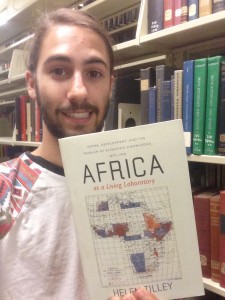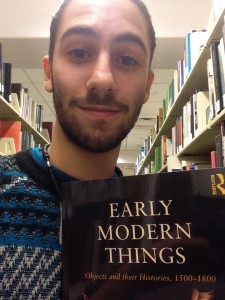
This Sgra-snyan is a guitar-like instrument made in Tibet from between the 14th and 16th centuries. The instrument is currently in possession of the Metropolitan Museum of Art in New York City.
Bibliography
Bentley, Jerry H. Old World Encounters : Cross-Cultural Contacts And Exchanges In Pre-Modern Times / Jerry H. Bentley. n.p.: New York : Oxford University Press, 1993., 1993. Lafayette Library Catalog. Web. 28 Mar. 2015.
Liu, Xinru, and Lynda Shaffer. Connections Across Eurasia : Transportation, Communication, And Cultural Exchange On The Silk Roads / Xinru Liu, Lynda Norene Shaffer. n.p.: Boston : McGraw-Hill, c2007., 2007. Lafayette Library Catalog. Web. 28 Mar. 2015.
Ten Grotenhuis, Elizabeth. Along The Silk Road / Elizabeth Ten Grotenhuis, Editor. n.p.: Washington, D.C. : Arthur M. Sackler Gallery, Smithsonian Institution; Seattle : University of Washington Press, c2002., 2002. Lafayette Library Catalog. Web. 28 Mar. 2015.

